RSS
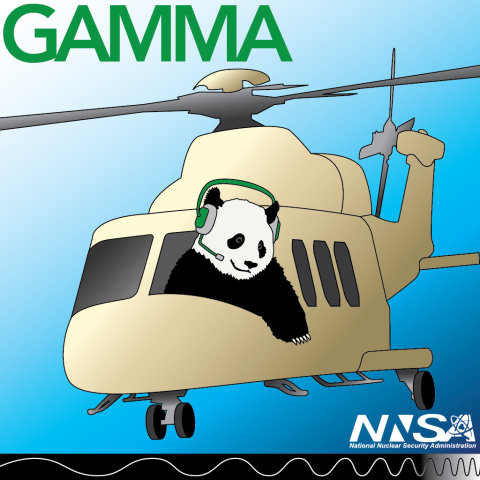
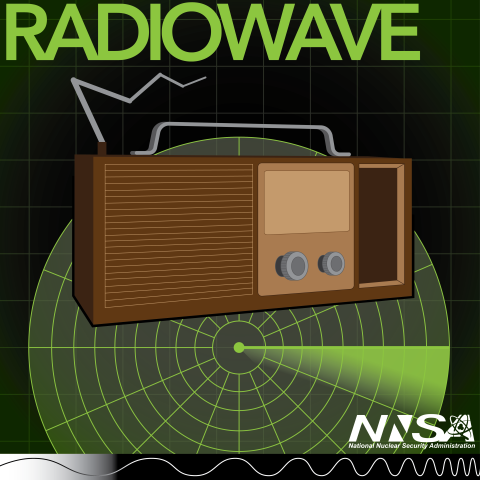
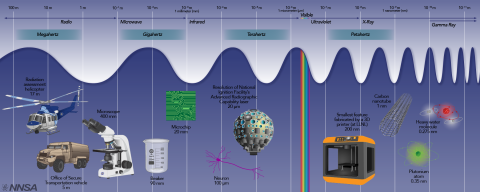
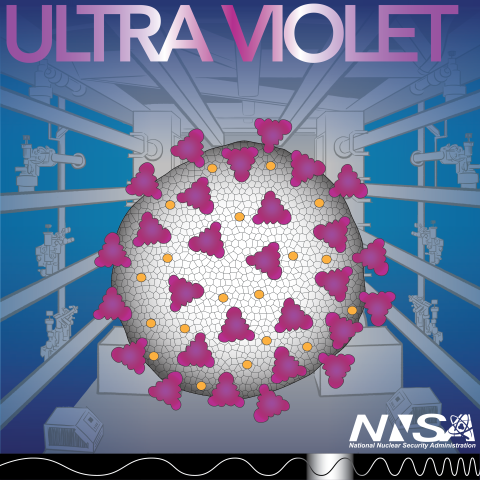
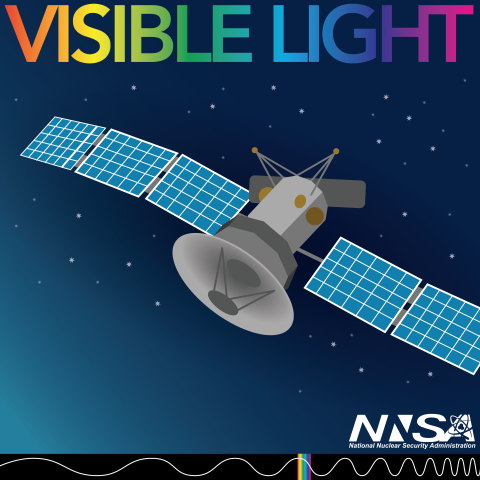
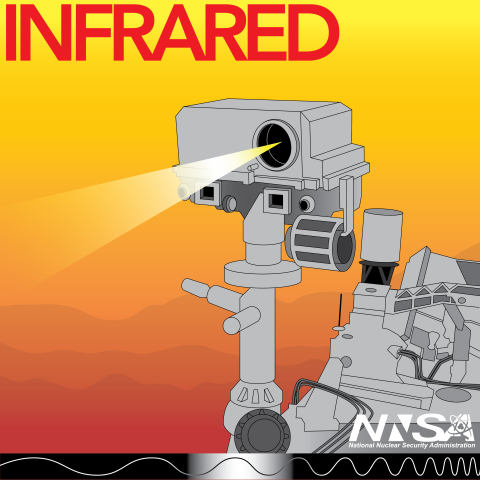
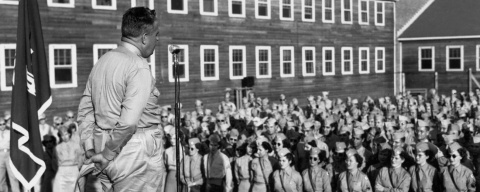
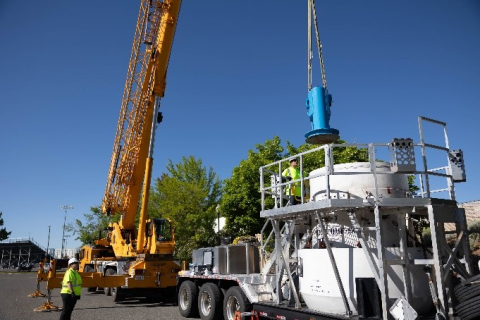
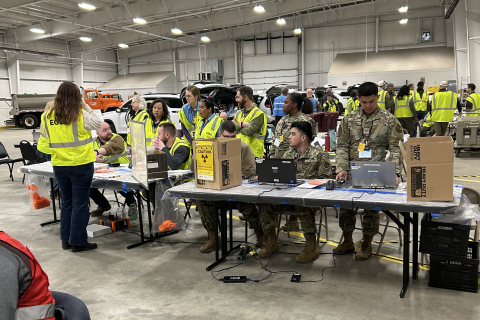
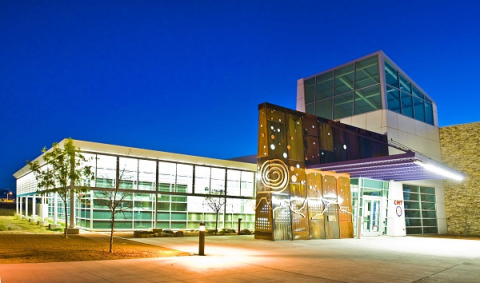

Teams in NNSA’s labs, plants, and sites detect gamma rays through numerous different methods and in all kinds of places, from the sky to the heavens.

Radio waves are good for a lot more than bringing today’s hits to your car’s speakers.

At NNSA’s labs, plants, and sites, research supporting our vital missions reaches across the electromagnetic spectrum – from radio waves to gamma rays. Sometimes that innovation spills into other areas, too, enabling tomorrow’s technological wonders.

Ultraviolet (UV) light is why we wear sunscreen and sunglasses – because overexposure damages living tissue. It also enables scientific applications for NNSA, including nuclear fusion and protection from viruses.

The entire rainbow of radiation that the human eye can see makes up just 0.0035 percent of the spectrum. At NNSA it helps us ensure that we’re working with pure materials, watch for missile launches, and create flat lenses.

Although it cannot be seen by human eyes, infrared radiation can be felt as heat. NNSA uses it to learn more about nanoscience. It even developed technology for using infrared light for zapping rocks that’s out of this world.

On the Army's 250th Birthday, we remember how its oversight of the Manhattan Project laid the foundation for the NNSA

The achievement significantly enhances radiological security and underscores NNSA's commitment to keeping America safe from radiological terrorism.

Cobalt Magnet 25 brought together more than 3,000 local, state, provincial, and federal participants in Michigan to assess response capabilities to a notional nuclear power plant accident scenario.

An overview of the newest developments in nanotechnology at NNSA and across the nuclear security enterprise.

